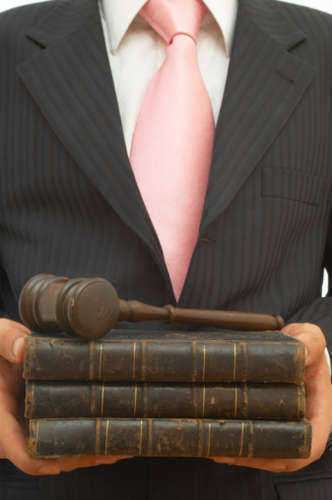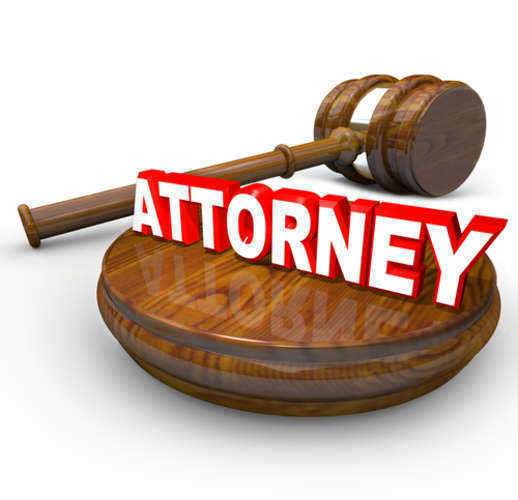Representation & Nondisclosure



Misuse of Legal Procedure is a series of torts that involve the corrupt or undue filing of litigation for unlawful reasons. Public right of access to courts is granted on good faith that claimants will act with probable cause and honesty.
Conversely, when a plaintiff in a lawsuit is found to have initiated legal action for purposes of deliberate harassment or inconvenience of the defendant, or when the court terminates the suit in favor of the defense, the defense may seek damage compensation for losses incurred in the legal process. These losses may be qualified under charges of Malicious Prosecution, Wrongful Civil Proceedings or Abuse of Process.
Malicious Prosecution:
Malicious Prosecution is a tort much like Abuse of Process, which involves the initiation of a legal action without probable cause. The litigation filed, may either be criminal, or civil, and must be dismissed in favor of the defense. This is the key point of difference between Abuse of Process and Wrongful Civil proceedings.
While Abuse of Process relates to the filing of claims or serving of documents without cause, it may not affect the outcome of the litigation at hand. Abuse of Process may still be found even if the court finds in favor of the plaintiff's original claim, whereas Malicious Prosecution charges may only be pressed if the court or plaintiff terminates the lawsuit in favor of the defense.
Wrongful Civil Proceedings:
Wrongful Civil Proceedings are civil lawsuits filed without cause of action and merit, by the court. A person is guilty of Wrongful Civil Proceedings, if he or she acts negligently without cause of action to file a civil lawsuit. Proper cause of action includes the use of court to find facts and render judgment for claims; anything outside of this purpose is considered violation of tort and a Wrongful Use of Civil Proceedings. Importantly, if civil proceedings are terminated in favor of the defendant, the defense may file a misuse of legal process claim to recover damages in a frivolous lawsuit.
Abuse of Process:
Abuse of Process is an intentional tort of Misuse of Legal Procedure. Abuse of Process involves the knowing misuse of public access to courts. Tort law defines Abuse of Process as a misuse or perversion of the court procedure and due process without grounds for legal action. Process refers to the summons or subpoena from the court.
This is a distinct allegation, as it specifically refers to the reports issued by the court and their proper use – it does not necessarily indicate frivolous litigation, though it may be part of a similar series of Misuses of Legal Procedure.

The actions of the plaintiff in the trial itself are of particular importance to these allegations of wrongful civil proceedings. The court must determine if the plaintiff acted with ulterior motive, or intent to bring about any other effect than the finding of facts within the court. If it was found that the plaintiff merely sought to harass the defendant, or that the plaintiff was "gambling" on an unfounded claim for a potential award, he or she may be found in violation of tort, and ordered to compensate the defendant for expenses incurred in a wrongful civil proceeding.
Recently, case law has stipulated that a plaintiff may be subject to wrongful civil proceeding charges even if he or she terminates the suit on his or her own accord. If the charges are dropped mid-trial, the defense may still request that the court review the plaintiff's cause of action for ulterior motive or insufficient merit, and may seek compensation if the court finds any Misuse of Legal Procedure. If you need legal advice and assistance, contact wrongful death lawyers.






